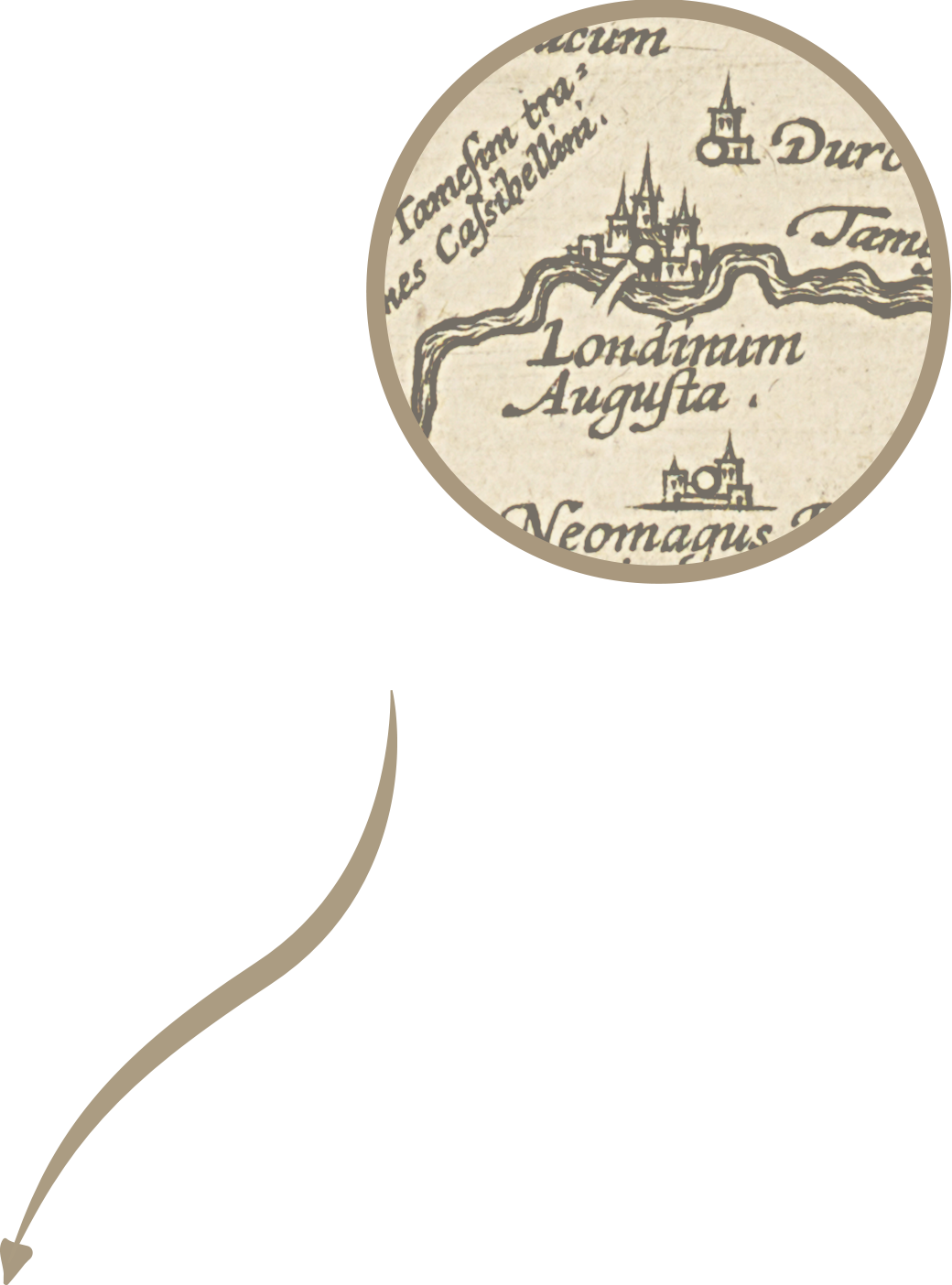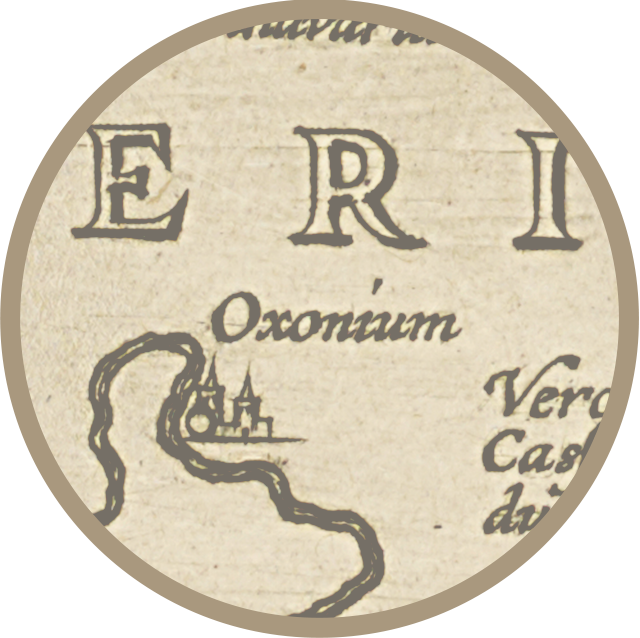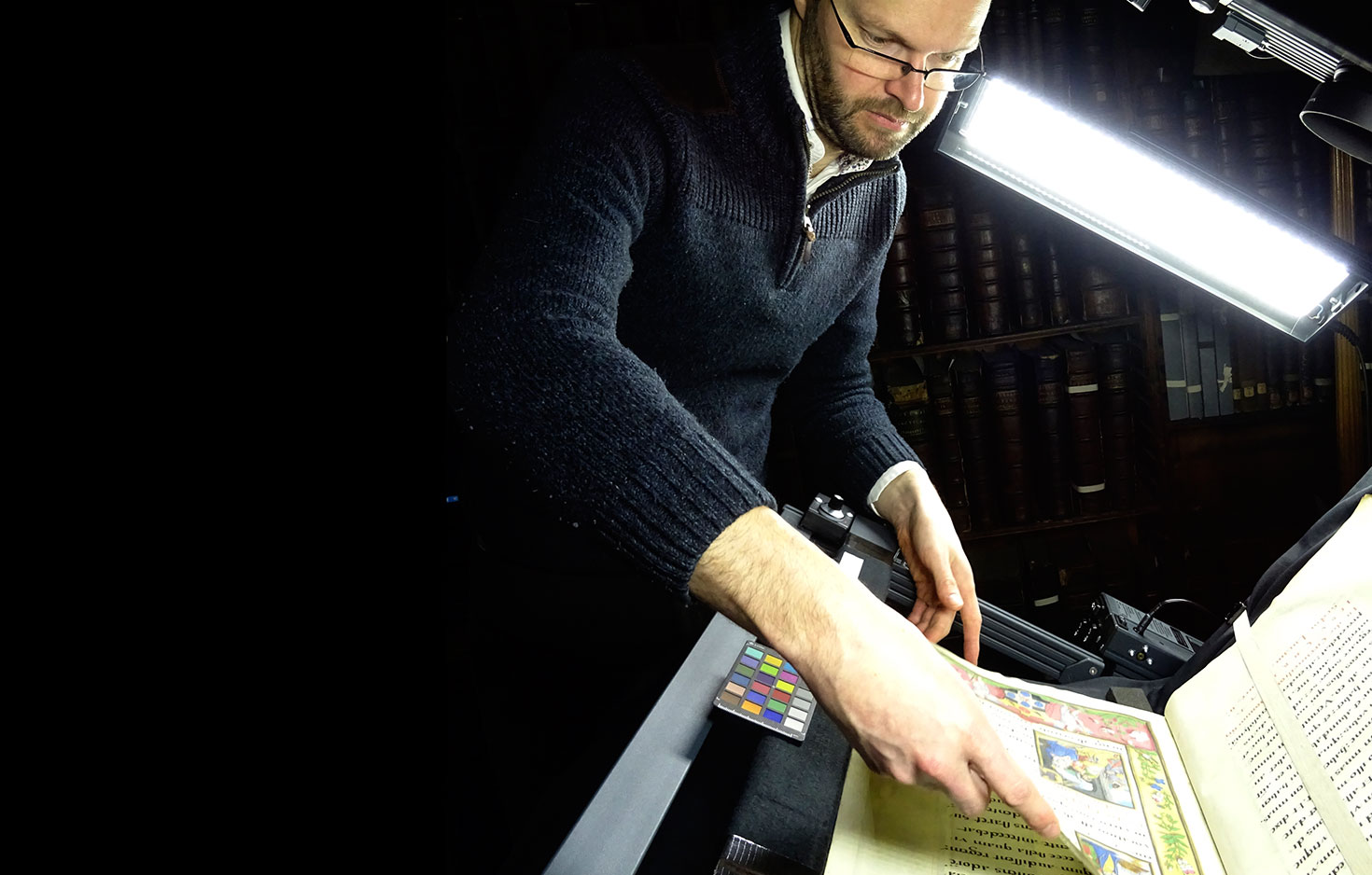The Wolsey Lectionaries
Digitally reunited for study for the first time
Only half a decade before England broke with the Roman Catholic Church, two intensely beautiful liturgical manuscripts were made for the country’s leading cleric. For Thomas Wolsey, cardinal and first minister of Henry VIII, only the best would do: the manuscripts had to be handwritten, not printed, and were to be produced by the leading artisans of his day.
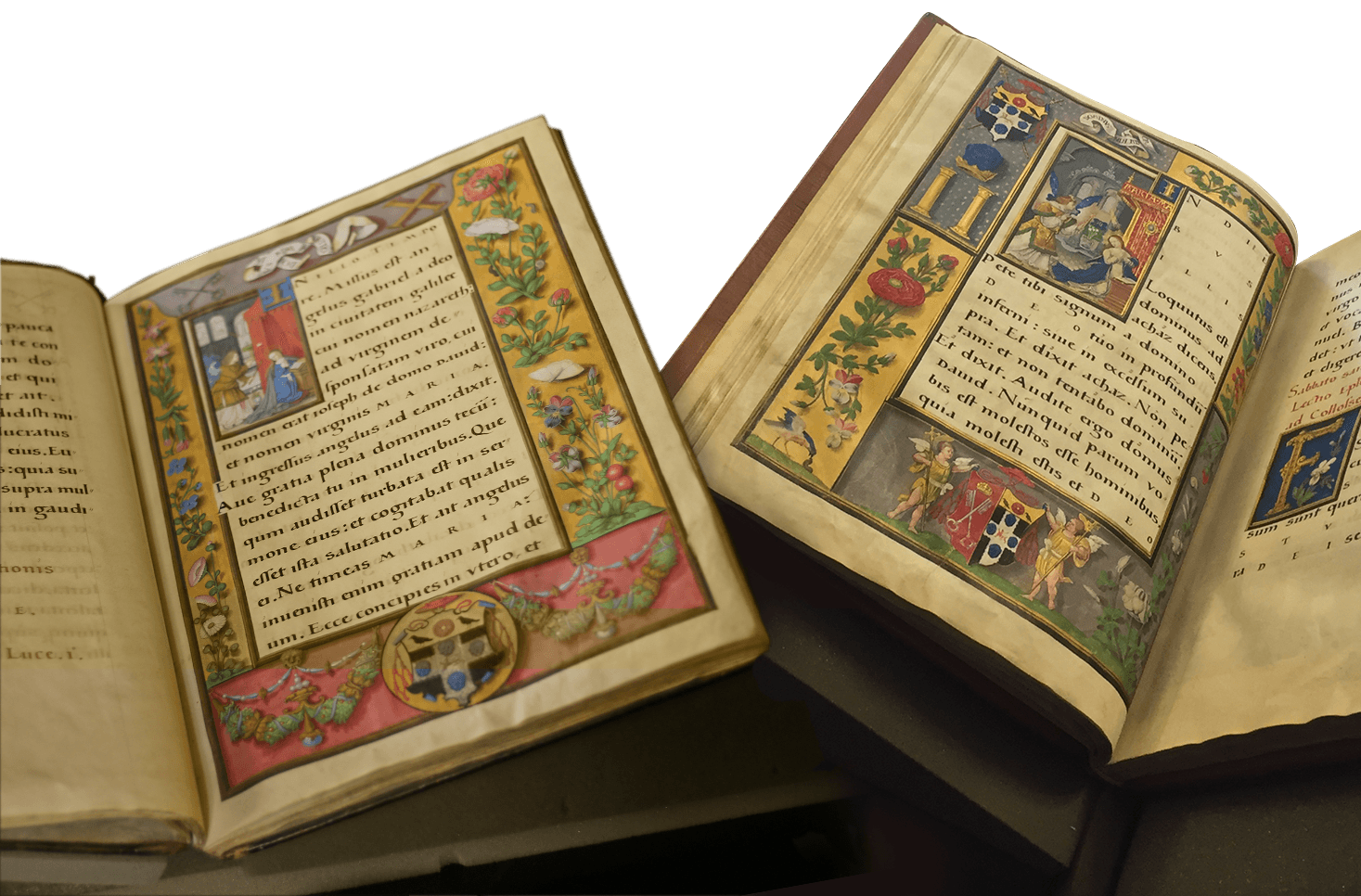
In the Service of God and his Saints
The twin volumes are lectionaries, providing readings for the Mass on specific feast days in the Christian calendar. One of the manuscripts has the readings from the Gospels, the other form the Epistles. The feasts include those of several saints, some of whom are in English. One is St Frideswide, the patron saint of Oxford and its university, whose shrine was to be placed in Wolsey’s new institution, Cardinal College (founded 1525 and later re-founded by Henry VIII as Christ Church).
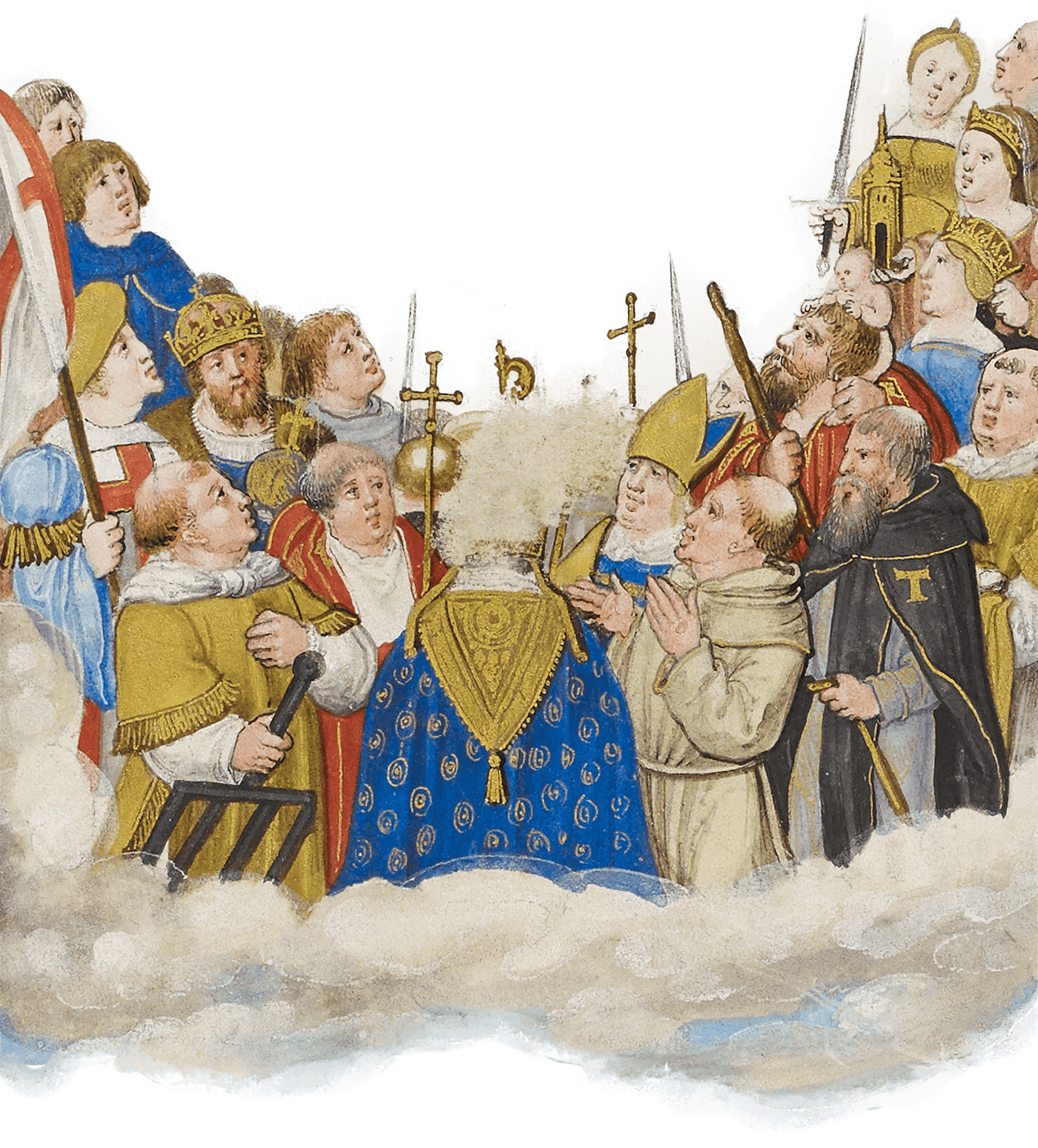
Wolsey's Fall from Grace
Within two years of the manuscripts being produced, in 1530, Wolsey was dead, and all his property was confiscated by the crown. Later that decade, despite the destruction of the remnants of the Catholic Church in England, these two volumes had survived, and it is likely they had found their way into the library of Henry VIII.
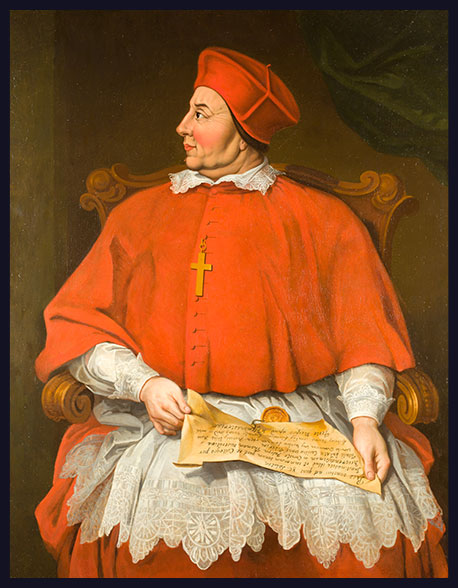
"Thomas Wolsey", late 16th century. The artist is unknown.
© Christ Church, Oxford
From Westminster to Winchester
The next definite evidence for the manuscripts whereabouts comes from 1556. The Gospel Lectionary shows that it was in Winchester in that year and it is possible that both had arrived there for the wedding of Queen Mary, Henry VIII’s eldest child, to Philip II of Spain, in 1554.

"Mary I of England and Philip II of Spain" by Lucas de Heere, 16th Century
© National Maritime Museum, Greenwich, London.
Oxford
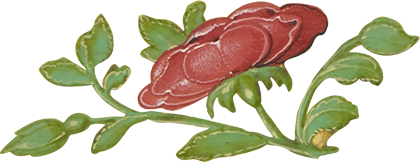
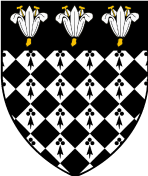
Magdalen
The Gospel Lectionary was later owned by Samuel Chappington, a member of a well-known family of organ makers. In 1597 Samuel's relation, John Chappington, repaired the organ of Magdalen College. It may have been Chappington who removed the manuscript from Winchester and gave it to Magdalen, it is thought that it was the latter who brought the Gospel volume to Magdalen in Oxford.
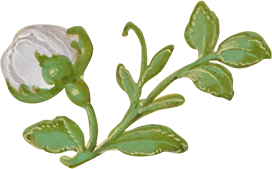
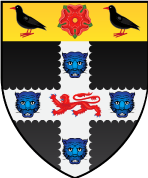
Christ Church
The Epistle Lectionary was given to Christ Church in 1614 by John Lante. He had been a chorister at Oxford’s cathedral which stands in the curtilage of Christ Church. In 1602, he was the cathedral organist at Winchester. He was acquainted with the Chappington family, so, it is likely that Lante acquired the volume at Winchester, and later donated it to his alma mater, Christ Church.
The Present and Future
The Gospel and Epistle Lectionaries are precious survivals, now safeguarded not far from each other but in separate Oxford institutions, one in Magdalen College and one in Christ Church. Now, using the latest technological advancements available, these books have been reunited in this new resource, allowing the 21st century reader to once again view these books side-by-side as they were originally intended to be used.
In-depth, detailed comparison is now freely available at extremely high resolution, and already new scholarship is developing around these two lectionaries thanks to the ability to study them alongside one another. The purpose is to aid further research into the manuscripts, their owners, their creators and their context. For, though these manuscripts are very well-known, there are still many issues which are undecided:
- What was the precise intended purpose of the manuscripts?
- What can the choice of script and illumination tell us?
- Who were their illuminators?
- What happened to the manuscripts after Wolsey died?
- How can the manuscripts help us discover more?

